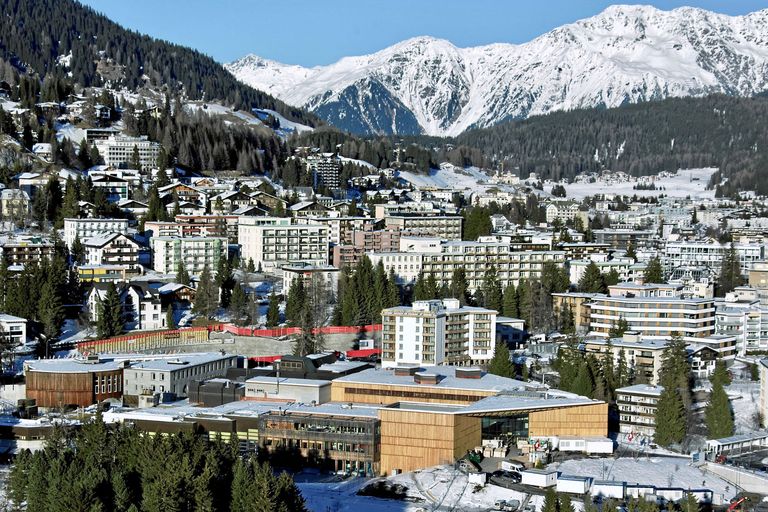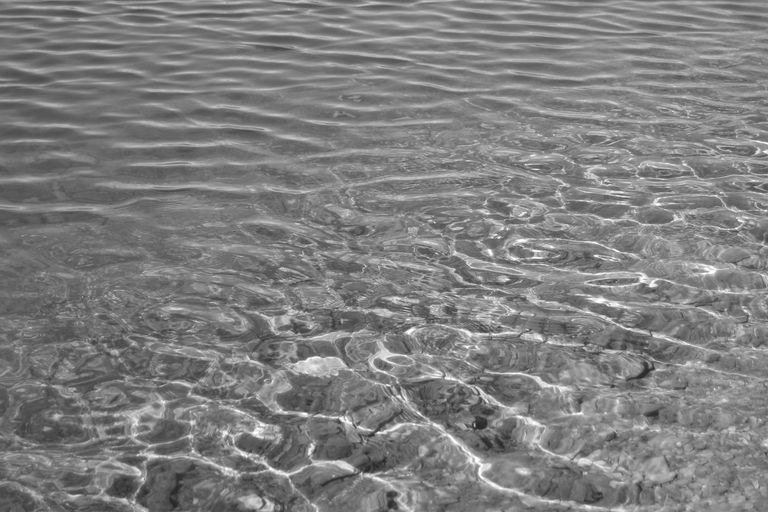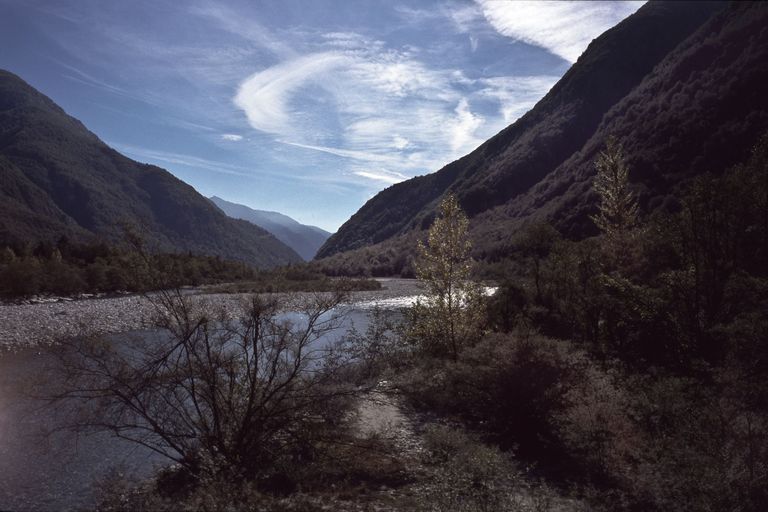Events, News, Publications
Impact of high-temperature heat storage on groundwater
In a recently launched project, the aquatic research institute Eawag is investigating how the use of borehole thermal energy storage (BTES) affects the surrounding soil, the groundwater and the microorganisms living in it. In collaboration with Empa and its Demonstrator Energy Hub (ehub), a project is being developed in a unique setting on the campus in Dübendorf.
Image: BAFU
IAH World Groundwater Congress 2024
The IAH World Groundwater Congress is the premier international groundwater event organised under the auspices of the International Association of Hydrogeologists (IAH). The event provides a unique opportunity to get a comprehensive update on the latest international developments on groundwater and their relevance for society.
Image: World Economic Forum, CC BY-SA 2.0
Plattform Grundwasserschutz: Neue Website online
Das BAFU und das Zentrum für Hydrogeologie und Geothermie (CHYN) der Universität Neuenburg haben die «Plattform Grundwasserschutz» lanciert mit dem Ziel, gemeinsam mit allen involvierten Akteuren sicherzustellen, dass Grundwasser der Schweizer Bevölkerung langfristig als qualitativ hochwertige Trinkwasserressource zur Verfügung steht. Die Plattform hat jetzt ihre Website publiziert.
Image: Edith Oosenbrug
SGM 2024: Symposium «Hydrology and Hydrogeology»
As part of this year’s Swiss Geoscience Meeting theme on «The Anthropocene – Past, Present and Future», the convenors of the Session «Hydrology and Hydrogeology» would like to particularly encourage contributions that explore hydrological and hydrogeological at all spatial and temporal scales as well as contributions demonstrating interdisciplinary approaches. Furthermore, Early Career researchers can apply for the SSHL-SGHL Poster Award.
Image: M. Bolliger
World Groundwater Congress IAH 2024
Der «World Groundwater Congress» ist die wichtigste internationale Veranstaltung zu Grundwasser unter der Schirmherrschaft der «International Association of Hydrogeologists (IAH)». Zum ersten Mal seit 30 Jahren findet der Kongress wieder in der Schweiz von 8. bis 13. September 2024 statt, organisiert von der Schweizerischen Gesellschaft für Hydrogeologie (SGH) und dem Zentrum für Hydrogeologie und Geothermie (CHYN) der Universität Neuenburg mit Unterstützung der Plattform Geowissenschaften der SCNAT. Während der einwöchigen Veranstaltung im Kongresszentrum DAVOS werden 600-900 Teilnehmer aus Wissenschaft, Verwaltung und Wirtschaft die neuesten Erkenntnisse zum Thema Grundwasser austauschen, innovative Methoden vorstellen und drängende Herausforderungen diskutieren.
Image: Robert_Kneschke, stock.adobe.com
